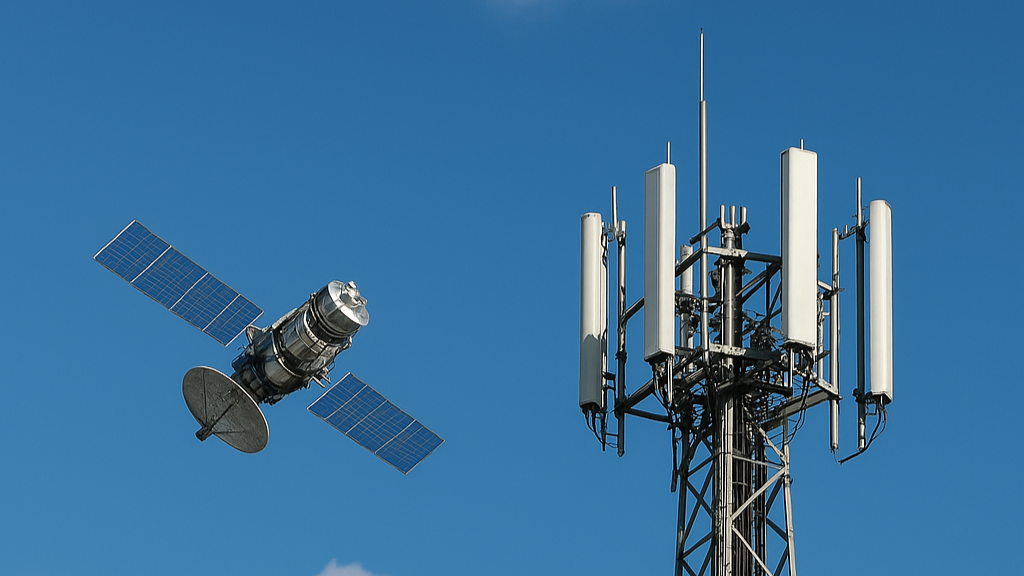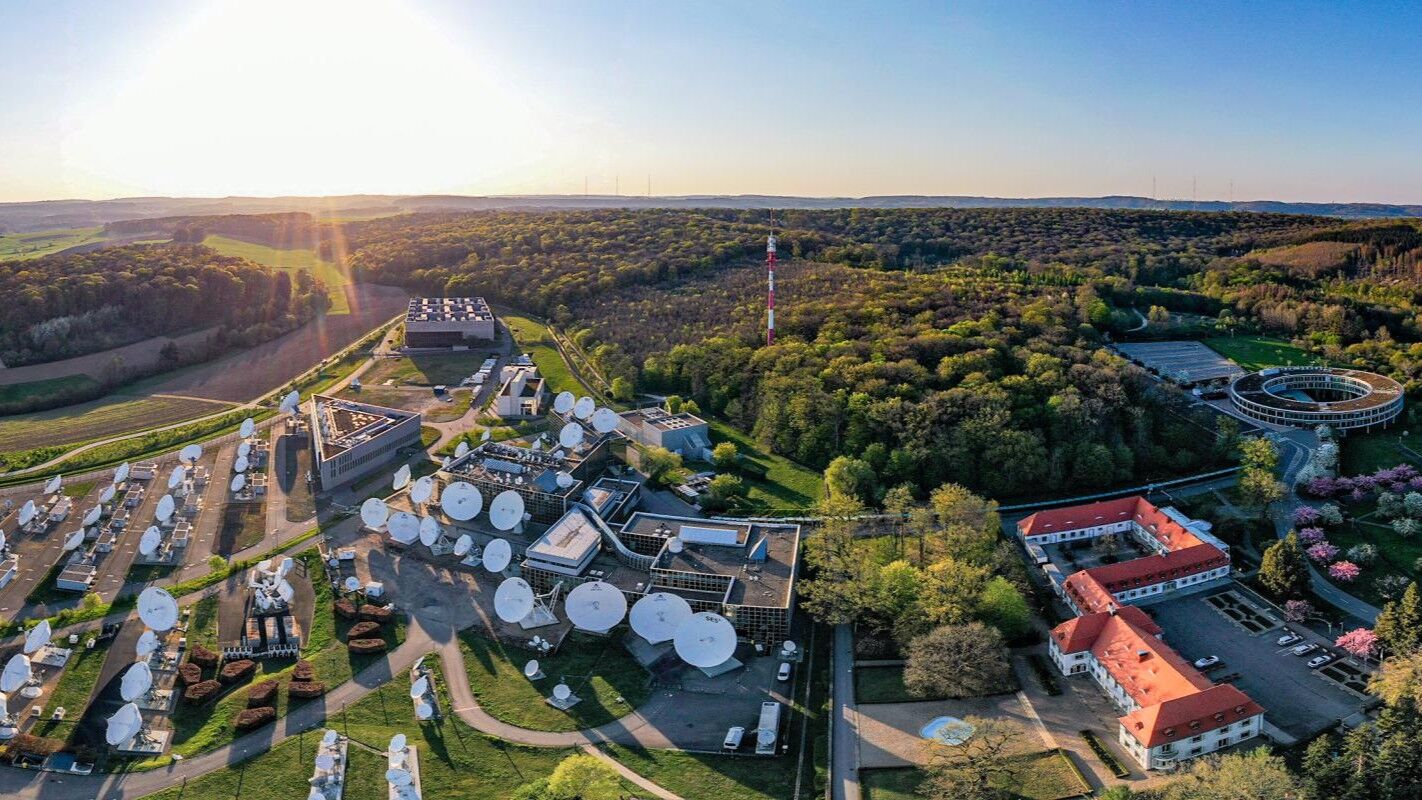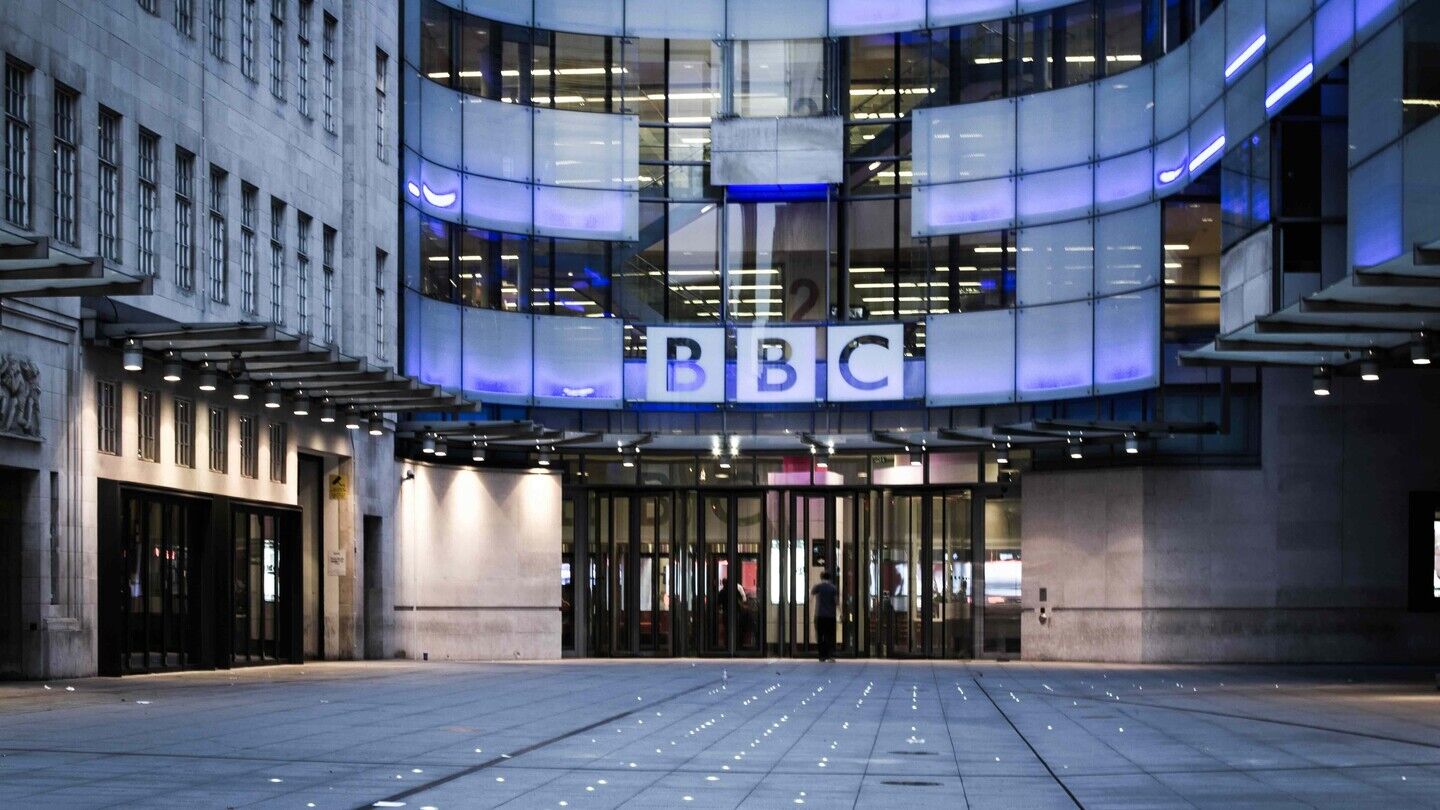Once dominated by GEO satellites, live content distribution has entered a new era as broadcasters look to blend connective technologies, bringing both flexibility and resilience. John Maxwell Hobbs reports.
For decades, broadcasters relied almost exclusively on traditional geostationary orbit (GEO) satellite transmissions for live event coverage. Today, the industry is in a state of flux with broadband global area network (BGAN) over GEO, bonded mobile broadband, high-speed consumer-grade broadband, and broadband over low Earth orbit satellite (LEO) competing for dominance in the area. As little as two years ago...
You are not signed in
Only registered users can read the rest of this article.

Rory Peck Awards: Truth has never needed its defenders more
This year’s Rory Peck Awards was an affirmation that press freedom is in severe danger, that it has become a vicious fight to sustain that facts matter. George Jarrett reports.

Camerimage: “The time to be afraid of AI was two years ago”
The festival of cinematography remains political with the rise of AI and gender equality bubbling beneath the surface.
.jpg)
Content Everywhere: Disruptive forces in 2025, from AI to ROI and SGAI
Looking back over 2025 to date, it’s clear that AI continues to widen its role in the Content Everywhere ecosystem, and many companies are becoming more discerning about how and where the technology should be applied to streaming and video technology. Clearly, there is still much more to come, and much more to learn, but what have recent developments taught the industry to date?

Scalable broadcast tech provides backbone for Esports World Cup Festival
Tasked with producing the festival side of the 2025 Esports World Cup in Riyadh, Saudi Arabia, Vanguard engineered a multi-venue broadcast workflow built on Blackmagic Design infrastructure to handle weeks of continuous live programming.

Touch the future: Immersive video will soon make its presence felt
As XR devices become more accessible and 6G wireless systems emerge, we’ll move from simply watching video to stepping inside it.





